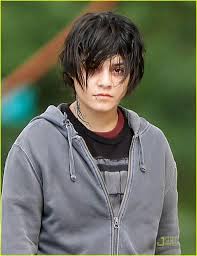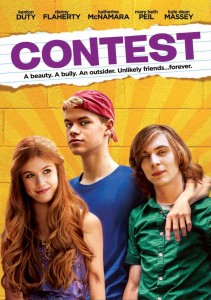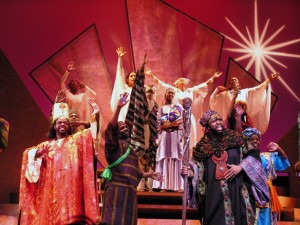Gimme Shelter
Posted on January 23, 2014 at 6:00 pm
B+| Lowest Recommended Age: | Middle School |
| MPAA Rating: | Rated PG-13 for mature thematic material involving mistreatment, some drug content, violence, and language, all concerning teens |
| Profanity: | Very strong language |
| Alcohol/ Drugs: | Drugs |
| Violence/ Scariness: | Abuse including attack by a parent |
| Diversity Issues: | Diverse characters |
| Date Released to Theaters: | January 24, 2014 |
| Date Released to DVD: | April 28, 2014 |
| Amazon.com ASIN: | B00HW3EJQE |
 Vanessa Hudgens gives a touching and sensitive performance in this fact-based story of a pregnant, homeless teenager. Both Hudgens and writer/director Ron Krauss moved into a shelter so that they could do justice to the stories of these young women. That dedication and integrity lifts this above the Afterschool Special formula for an affecting drama that shows us the resilience and courage of girls who have to learn very quickly to be the loving parents they never had.
Vanessa Hudgens gives a touching and sensitive performance in this fact-based story of a pregnant, homeless teenager. Both Hudgens and writer/director Ron Krauss moved into a shelter so that they could do justice to the stories of these young women. That dedication and integrity lifts this above the Afterschool Special formula for an affecting drama that shows us the resilience and courage of girls who have to learn very quickly to be the loving parents they never had.
Hudgens plays Agnes, who insists on being called “Apple,” for reasons we do not learn until the end of the story. We first see her hacking off her hair, whispering reassurance to herself as she gets in a cab to run away from her shrieking, strung-out mother (a feral Rosario Dawson). She is going to find her wealthy father (Brendan Fraser), who has never seen her before. She briefly stays with him, but it is clear that she does not fit in with his elegant wife and pampered children. They do not trust her and she is not ready to trust anyone. When they find out that she is pregnant, they pressure her to have an abortion. She runs away again.
In a hospital, recovering from an accident, she meets a kind priest (James Earl Jones), who brings her to a shelter based on Several Sources, established by Kathy DiFiore, who, as she explains in one scene, was once homeless herself and as soon as she was able to take care of herself devoted her life to taking care of young women in need of support. DiFiore is played by the always-outstanding Ann Dowd (“Compliance,” “Garden State”), with enormous compassion and strength. Apple has a lot to overcome, including the fury of her mother, who wants her back so she can get the welfare money Apple and her baby will receive, but most of all, she has to learn how to be a part of a family, how to trust others, and how to trust herself. Somewhere inside her, all along, there is the hope of a different life, almost overshadowed by the fear that she does not deserve it. Hudgens shows us Apple’s ferocity, her vulnerability, all the ways she has been beaten down and all of the strength she has to keep coming back. The result is a story that is touching and inspiring, with photos in the closing credits to show us that happy endings are not just for fairy tales.
Parents should know that this movie’s themes include homelessness, drug abuse, child abuse, teen pregnancy, abandonment, and homelessness. There are portrayals of a brutal attack by a parent, a car crash, and tense and angry confrontations.
Family discussion: Why did Agnes decide to be called Apple? What did the girls learn from reading their files? What did she find in the shelter that she could not find anywhere else?
If you like this, try: “Riding in Cars with Boys,” “Juno,” and “Homeless to Harvard”



